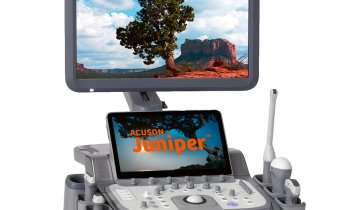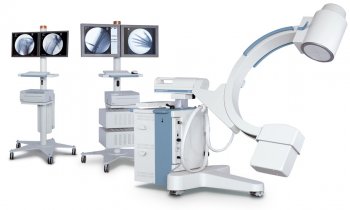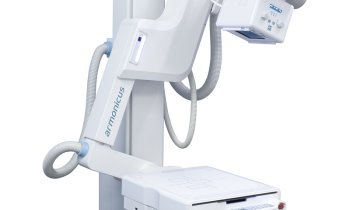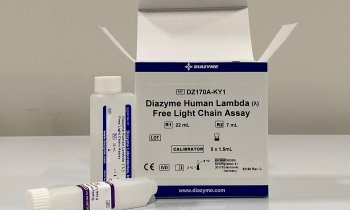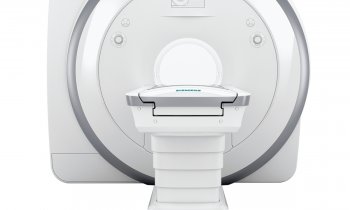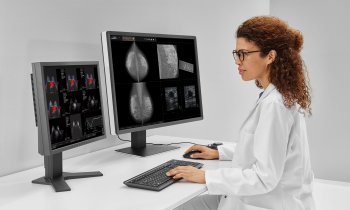Video • Health awareness
Digital posture check at the bus stop
In Croatia, nearly half the population unknowingly faces potential spine issues. Reluctance to seek professional help has led to what is commonly known as a silent pandemic, hurting the nation’s collective spine with alarming numbers.
To combat this trend, Croatia Polyclinic applies an unconventional initiative: digital screening stations at the bus stop.
This is how it works: passers-by simply stand in front of the billboard with computer vison which scans their posture. By analyzing neck, mid-back, and lower spine curvature through eight key points, the system detects potential issues and provides immediate feedback. The findings are displayed visually and numerically, highlighting areas of concern. For those flagged with potential problems, the billboard offers a direct link to book an appointment with a physiotherapist, prompting an immediate action.
Image source: Bruketa&Žinić&Grey
The impact has been extraordinary: According to advertising agency Bruketa&Žinić&Grey, the initiative has reached 77.92% of Croatia’s population (Sainsbury formula). A total of 106,642 passers-by completed a posture measurement, and 50,521 GDPR-compliant email addresses were collected. This engagement translated into tangible results, with a 46% increase in specialist check-ups. While 97% of participants instinctively corrected their posture during the measurement, the projects’s mission goes beyond momentary awareness, striving to inspire a lasting behavioral change.
This public health project will continue until Croatia sees improvement in its European Health Examination Survey results.
Source: Bruketa&Žinić&Grey
30.04.2025






